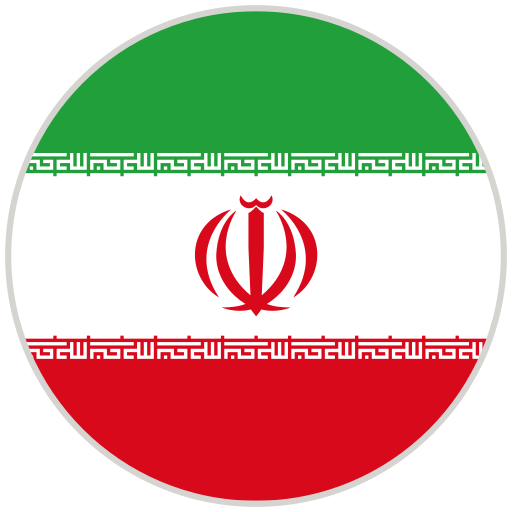Parthian Period
The Parthian Attire: A Fusion of Cultural Legacies
The clothing traditions of the Parthian Empire epitomized a confluence of artistic and cultural influences, reflecting the region’s complex historical interactions. Drawing from the Medes, the Parthians incorporated the grandeur of pleated robes, their structured folds reminiscent of the undulating Zagros Mountains. From the Achaemenids , they adopted the refinement of silk textiles and elaborate gold embroidery, evoking the splendor of Persepolis. Greek artistic sensibilities further enriched Parthian attire, introducing elements of fluid drapery and intricate arabesque motifs, reflecting Hellenistic aesthetic principles.
Far from being mere garments, Parthian clothing symbolized a broader historical narrative an intricate synthesis of Eastern and Western traditions that forged a distinct cultural identity. This sartorial evolution not only underscored the Parthians’ role as intermediaries between civilizations but also contributed to the enduring artistic heritage of the region, influencing subsequent dynasties and shaping the visual lexicon of Iranian and Central Asian dress traditions.


